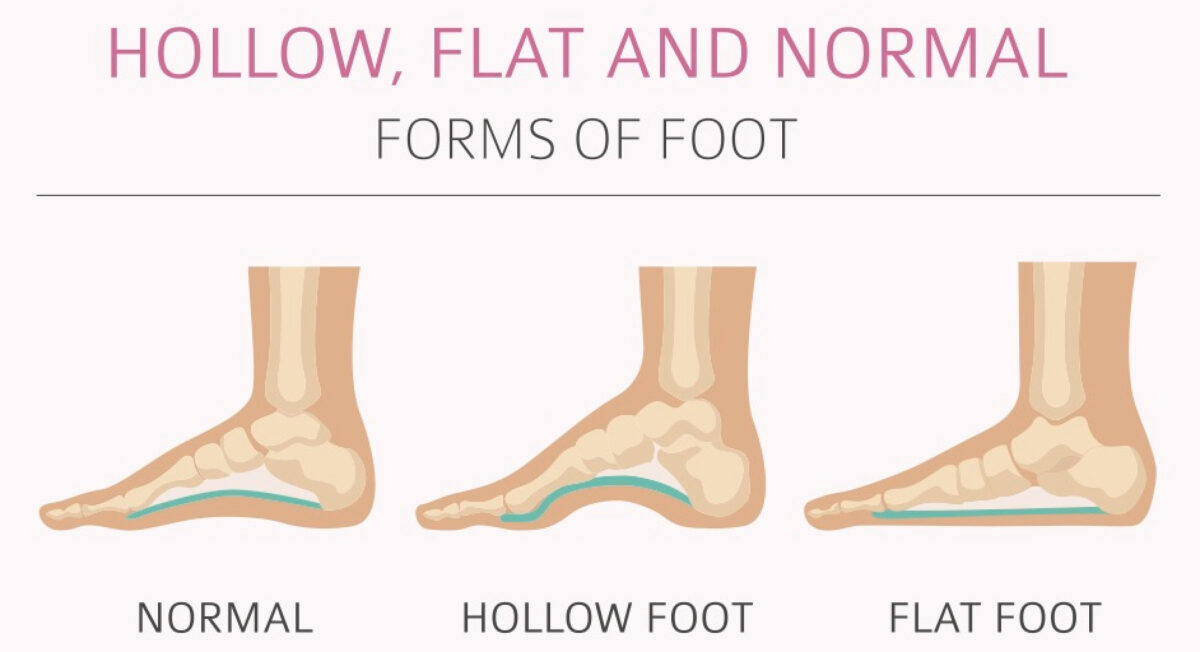Flat Feet
This article does not constitute as medical advice.
If you are experiencing symptoms of flat feet, contact your doctor or make an appointment.
This article does not constitute as medical advice.
If you are experiencing symptoms of flat feet, contact your doctor or make an appointment.
The soles of the feet have an arch that prevents most of the soles from touching the ground as you stand and walk. The arch helps in better balance and posture; and causes less strain on the knees, hips, ankles, and feet. When the arch of the foot is lower than normal, it is called flat feet or pes planus. Everyone is born with flat feet, and arches begin to develop in early childhood. This condition may be genetic for some, while for others, it may gradually develop over the course of life. Having flat feet is typically painless, however, when you are experiencing pain in your feet, ankles, knees, or hips, treatment is necessary.
